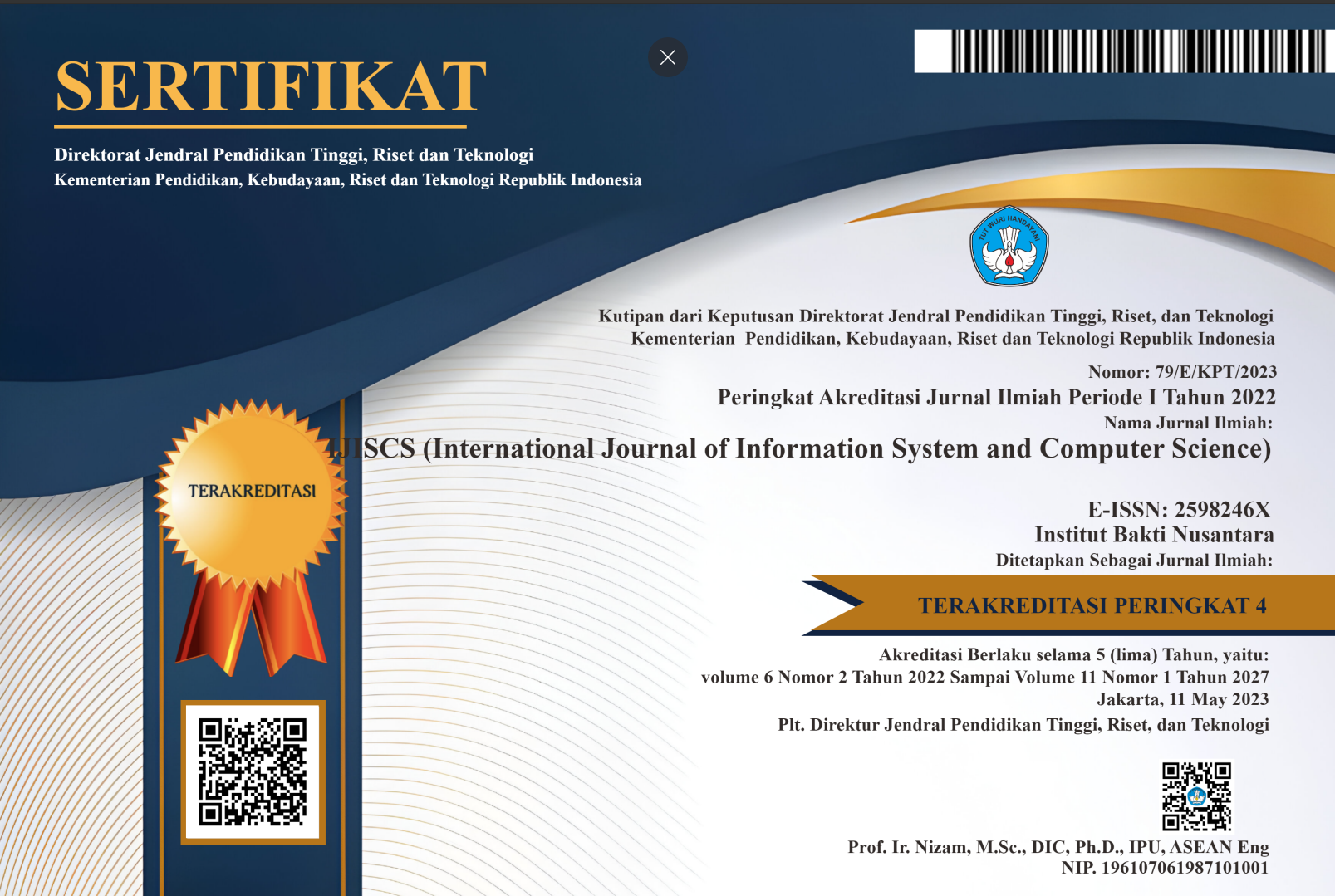EXPERIMENTAL STUDY ON THE USE OF SHARP INFRARED SENSOR FOR DISTANCE DETECTION IN PARKING ASSISTANCE APPLICATIONS IN AUTOMOTIVE SYSTEMS
(1) Department of Physics Engineering, Universitas Multimedia Nusantara, Tangerang, Banten
(2) Department of Physics Engineering, Universitas Multimedia Nusantara, Tangerang, Banten
 Corresponding Author
Corresponding Author
Abstract
Keywords
References
C. Llopis-Albert, F. Rubio, and F. Valero, “Impact of digital transformation on the automotive industry.,” Technol. Forecast. Soc. Change, vol. 162, p. 120343, Jan. 2021, doi: 10.1016/j.techfore.2020.120343.
ILO, The future of work in the automotive industry: The need to invest in people’s capabilities and decent and sustainable work, no. February. 2021. [Online]. Available: https://www.ilo.org/wcmsp5/groups/public/---ed_dialogue/---sector/documents/meetingdocument/wcms_741659.pdf
V. Reddy and S. Laxmeshwar, “Design and Development of Low Cost Automatic Parking Assistance System,” 2014.
K. Sakiyama, T. Shimizu, and K. Sako, “Parking Assist System,” vol. 2, no. 4, pp. 282–284, 2000, [Online]. Available: https://www.denso-ten.com/business/technicaljournal/pdf/15-1.pdf
A. Fahim, M. Hasan, and M. A. Chowdhury, “Smart parking systems: comprehensive review based on various aspects,” Heliyon, vol. 7, no. 5, 2021.
A. Razinkova, H.-C. Cho, and H.-T. Jeon, “An Intelligent Auto Parking System for Vehicles,” Int. J. Fuzzy Log. Intell. Syst., vol. 12, 2012, doi: 10.5391/IJFIS.2012.12.3.226.
F. R. Saputri and N. Pranata, “Building Security System Using GP2Y0A21YK0 Infrared Sensor and Arduino Uno,” IJISCS (International J. Inf. Syst. Comput. Sci., vol. 7, no. 2, pp. 142–149, 2023.
S. A. Daud, S. S. Sobani, M. H. Ramlee, N. H. Mahmood, P. L. Leow, and F. K. Che Harun, “Application of Infrared sensor for shape detection,” in 4th International Conference on Photonics, ICP 2013 - Conference Proceeding, 2013, pp. 145–147. doi: 10.1109/ICP.2013.6687095.
F. R. Saputri and V. Lee, “Web based Environment Monitoring System (Case Sudy: Laboratory of Universitas Multimedia Nusantara),” G-Tech J. Teknol. Terap., vol. 7, no. 3, pp. 807–815, 2023.
F. R. Saputri and S. F. Dhaneswari, “Sensor Design for Building Environment Monitoring System based on Blynk,” Ultim. Comput. J. Sist. Komput., vol. 14, no. 1, pp. 36–41, 2022, doi: 10.31937/sk.v14i1.2661.
V. Lee and F. R. Saputri, “Website-Based Lighting Monitoring System Design in a Laboratory of Universitas Multimedia Nusantara,” in 2021 2nd International Conference On Smart Cities, Automation & Intelligent Computing Systems (ICON-SONICS), IEEE, Oct. 2021, pp. 13–18. doi: 10.1109/ICON-SONICS53103.2021.9617167.
K. S. Kaswan, S. P. Singh, and S. Sagar, “Role of Arduino in real world applications,” Int. J. Sci. Technol. Res., vol. 9, no. 1, pp. 1113–1116, 2020.
Article Metrics
Abstract View : 166 times
: 166 times Download : 84 times
Download : 84 times
DOI: 10.56327/ijiscs.v7i3.1593
Refbacks
- There are currently no refbacks.






